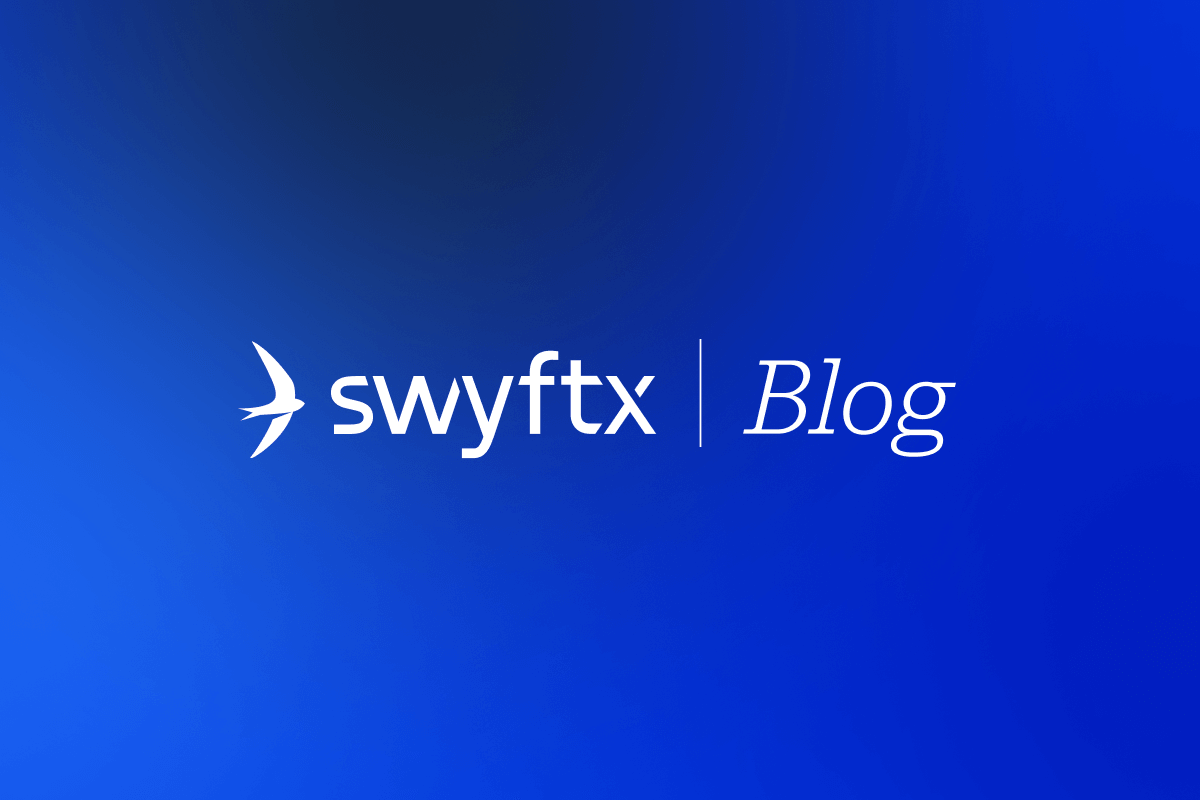- > Satoshi Nakamoto’s last words: 13 years since Bitcoin founder vanished
- > Solana to $3,200, or $10 – according to asset managers VanEck
- > US Senators introduce bill to crack down on crypto
Satoshi Nakamoto’s last words: 13 years since Bitcoin founder vanished
The Bitcoin creator’s last official words came as a fairly nondescript post on the BitcoinTalk forum
The story behind Satoshi Nakamoto is fuelled with so much intrigue and mystery that it’s almost something out of a hollywood movie. Bitcoin was founded in 2009 by a pseudonymous developer(s) – known only as Satoshi Nakamoto – in the wake of the Global Financial Crisis. The almost mythical being was fairly active for about a year following the blockchain’s invention, posting regularly on their very own discussion form BitcoinTalk.
But almost as soon as they appeared, like a ghost in the night, Nakamoto disappeared. The creator of Bitcoin developed perhaps the most influential financial product the world had ever seen, worked on it for 12 months, then set up shop and left. To this day, nobody knows the true identity of the enigmatic Nakamoto.
Yesterday marked 13 years since Satoshi Nakamoto’s “last words” – true to form, a detailed post on BitcoinTalk. However, in contrast to the allure of the Bitcoin inventor’s thriller, his last public appearance wasn’t quite so seductive. There was no sayonara. Nakamoto’s last words were very much a run-of-the-mill, technical post regarding Bitcoin defending itself against Denial of Service (DoS) attacks. Those without coding experience might go so far as to call it boring.
This wasn’t the last time the world heard from Nakamoto. The Bitcoin developer was still allegedly active, sending private emails to various co-workers. Someone who claimed to be Satoshi posted on a digital forum in 2014 with a simple line:
“I am not Dorian Nakamoto”.
However, nobody has been able to officially confirm if this post was legitimate, or from an impersonator. Either way, the legacy of Satoshi Nakamoto has only grown as the guile surrounding their true identity continues to baffle the crypto community.
Solana to $3,200, or $10 – according to asset managers VanEck
VanEck also believes that Solana will be heavily involved in 2024’s spot ETF rush.
Solana has broken out of the crypto winter’s shackles this year, posting impressive 12-month gains of 420%, with most of its positive price movement coming since November. The competitor to DeFi king Ethereum has well and truly entrenched itself as a top-10 coin by market cap, and is building its case to be the third cab off the “spot ETF” rank behind Ether and Bitcoin.
Climbing institutional interest is fuelling speculation on the massive decentralised ecosystem. Several major players from traditional finance (TradFi) have signalled their intent to offer Solana to their clients. Leading the way is VanEck, an asset manager with a whopping $76+ billion assets under management. In a recent report, the multinational corporation presented their 2030 projections for the DeFi token. And if the conditions are right, the Solana community should be very happy.
According to VanEck, if the crypto market continues its current trajectory and assumes broader adoption between now and the end of the decade, the price of SOL could easily reach USD $3,200 (AUD $4,800). This would mark an increase of 4,407% – not a bad return on investment.
On the flipside, if market conditions turn sour and a long-term bear market consumes the crypto sector, VanEck predicts the price of SOL could sink as low as USD $10 (AUD $15). The middle-ground case for Solana is around $330 (AUD $500), which would represent solid growth in-line with annualised yields from most major stock indices.
Either way, Solana is one of the crypto industry’s most-hyped coins, and investors will no doubt watch its journey into TradFi with eagerness.
You can buy Solana in Australia on Swyftx.
US Senators introduce bill to crack down on crypto
The proposed bill, set to target illicit activities, has sparked debate between control and freedom of decentralised currencies.
Regulation in the crypto industry has been a hot topic for most of 2023. The Securities and Exchange Commission (SEC) have lead the way, cracking down on “unregistered securities” and taking big names like Coinbase and Ripple to court. As the dust settles, it appears U.S. politicians are targeting a more measured approach to cryptocurrency policy. While many in the digital currency sector associate “regulation” with “bad”, it has no doubt become a necessity after the 2022 collapse of FTX and Terra, alongside revelations that Binance facilitated terrorism financing and money laundering.
The bill, originally proposed to the Senate in December 2022 by Elizabeth Warren, is primarily eyeing the illicit use of Bitcoin and other crypto assets. Essentially, it would entail an extension of pre-existing money laundering laws that are already applied to most traditional financial products like stocks and bonds.
Over the weekend, Warren secured five new co-signers for her bill, building its image across the Senate as a bi-partisan solution to some of the crypto world’s biggest issues. The end result of the proposal – if successful – would see crypto miners, non-custodial wallets (e.g., Metamask) and validators all fall under the umbrella of “financial institutions”.
While some see the bill as a welcome adjustment to the current crypto free-for-all, the crypto community’s reaction has been overwhelmingly negative. Some pundits have argued that the proposal isn’t actually targeted at illicit activities at all. Rather, it is a proxy for the U.S. government to exercise control over decentralised areas of the crypto world they currently lack access to. The bill has a ways to go before it becomes reality, so it is likely several amendments will come into play before the final product is revealed.
Ben Knight

